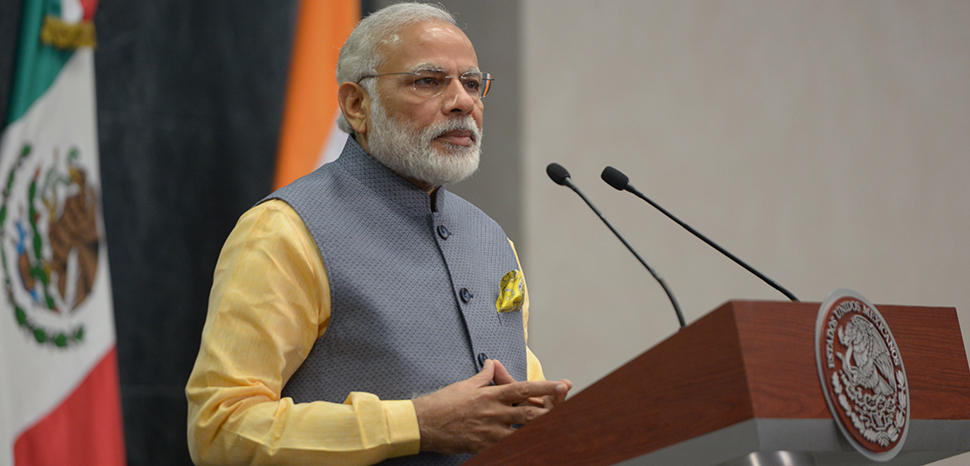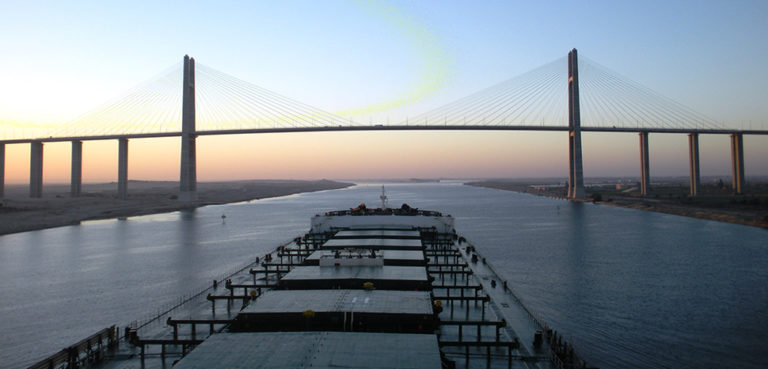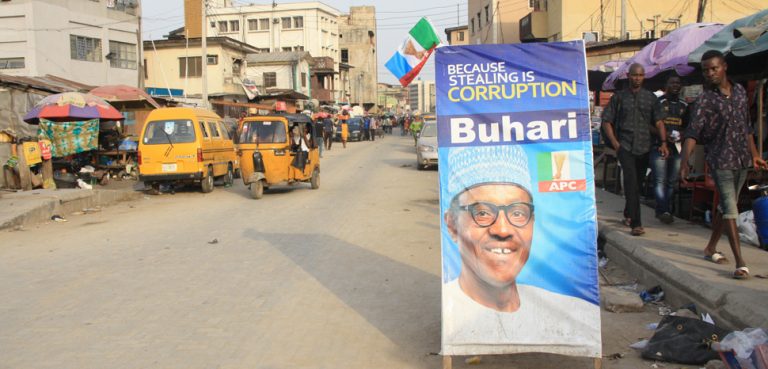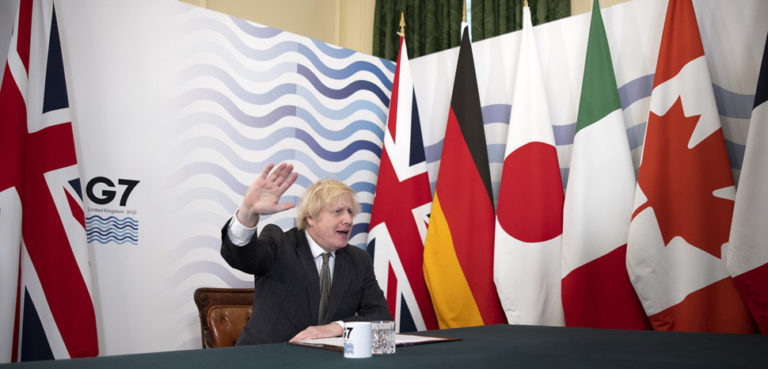In November 2021, it will be seven years since Prime Minister Modi recast India’s Look East Policy (LEP) as the Act East Policy (AEP) at the 2014 East Asia Summit in Myanmar to counter China’s strategic designs, as well as foster greater physical and economic connectivity between India’s northeastern region (NER) and mainland India and Southeast Asia. The rhetorical switch from “look” to “act” could be interpreted as sarcastic, implying that his predecessor, Manmohan Singh’s United Progressive Alliance (UPA) government, suffered from passivity and policy paralysis, resulting in a failure to effectively address China’s threat and India’s maritime engagement with Southeast Asia.
Prime Minister Modi has gone to great lengths to outwit China’s President Xi Jinping, making a flurry of visits around the world, including to Southeast Asian (SEA) countries, to persuade them that India is committed to assisting in the maintenance of peace and security along the Indian Ocean rim (IOR). Without a doubt, he was able to establish a strategic footprint beyond the immediate South Asian countries. The successes listed below demonstrate how the Modi government pushed back against China’s geopolitical regional influence in pursuit of India’s maritime AEP:
- In 2015, India and Vietnam signed a bilateral defense and coast guard cooperation agreement.
- India and Vietnam signed various bilateral documents in 2016, with Vietnam reaffirming support for India’s AEP.
- Two Indian warships visited Cam Ranh Bay, Vietnam in 2016.
- Indian Naval Ship (INS) Sahyadri and Shakti visited Subic Bay, Philippines in 2016.
- In 2018, India held joint naval exercises with ASEAN member Indonesia, called ‘Samudra Shakti.’
- The 25th Singapore-India Maritime Bilateral Exercise (SIMBEX) was a joint naval exercise between India and Singapore, another ASEAN member, which saw the signing of a renewed defense cooperation agreement intended to boost intelligence-sharing efforts.
- The Indian Navy recently conducted a maritime bilateral exercise with Singapore in the South China Sea as part of the 28th SIMBEX, which took place from August 2-4, 2021.
- From September 20-22, 2021, the 3rd edition of bilateral exercise ‘Samudra Shakti’ with the Indonesian Navy was held in the Sunda Strait.
On the domestic front, the AEP has accomplished the following:
- Boosted the morale of Indian Navy overall.
- The aircraft carrier INS Vikramaditya was inducted in 2014, and in March 2017, the modernized INS Vikramaditya test-fired a close-in weapon system (CIWS) and the Barak 8 long-range air-defense system (LR-SAM).
- Recalibrated India’s maritime policy with regard to various security and economic interests in the IOR; resulting, for example, in the publishing of the 2015 document Ensuring Secure Seas: Indian Maritime Security Strategy.
- Amidst rapidly changing geopolitical developments, India launched its second ballistic missile submarine in 2017, responding to a two-month ‘anti-piracy’ patrol by the PLA Navy nuclear submarines in the Indian Ocean in 2013.
Yet despite these successes, progress on the AEP overland connectivity approach in the northeastern region has been slow, with the majority of the 4Cs (commerce, connectivity, capacity-building, culture) under AEP classified as “expected” or “ongoing” with a flexible/infinite timeline approach. Despite presiding over a critical strategic overland connectivity point to Southeast Asian countries, a major strategic flaw remains Modi’s desire to play a powerful role in global affairs at the expense of ignoring productive engagement in NER and with India’s immediate neighbors. Apart from taking advantage of the Obama administration’s Asia Rebalancing Strategy (2011), and the US-India Joint Strategic Vision (2015), perhaps the most significant decision taken by Modi in NER to create a conducive socio-political environment of peace and good governance for successful implementation of the India’s overland AEP was the signing of the “historic” Indo-Naga Framework Agreement (2015).
The hedging of a China-counter strategy through the AEP was bolstered further by the Indo-Pacific Strategy of 2017; however, the Trump administration’s inchoate and indistinct China policy was marked by uncertainties in terms of priority and emphasis, resulting in a “worrying” policy situation in Modi’s strategy against China. It also resulted the non-implementation of the 2015 Indo-Naga Framework Agreement, even though it was signed six years ago. However, the non-implementation can also be seen as partial cover for the Nagas’ disunity (the intensification of the “Naga conundrum” under various mechanisms, particularly after 2017).
China, on the other hand, officially incorporated the One Belt, One Road initiative (later rebranded the Belt and Road Initiative) into its national economic development strategy in 2014 at the Central Economic Work Conference with the hope of addressing China’s uneven regional development. Many Chinese provinces advanced in their infrastructure development as a result of the policy’s adoption. On June 25, 2021, the first “Fuxing bullet trains” from Lhasa to Nyingchi, near NER’s Arunachal Pradesh, went into service. China’s high-speed railway (HSR) network reached the country’s border with Myanmar on August 25, 2021, in Lincang, Yunnan province, opposite the town of Chinshwehaw in Myanmar’s Shan State. A significant recent development in the Tibet Autonomous Region (TAR) was the successful drilling of the longest tunnel in the Zhubalong-Nyingchi section (Juebashan tunnel) near NER’s Arunachal Pradesh on October 2, 2021, as part of the key renovation project of China National Highway 318 (G318), which is set to open for traffic by the end of August 2022, cutting the more than an hour journey to just 10 minutes.
Another reason for the slow progress in India’s AEP overland cross-border connectivity is that smaller countries, including those in Southeast Asia, began to distance themselves from India as Modi’s euphoria faded. While many analysts characterized Modi’s AEP and global outreach policy as revitalizing the country’s “moribund foreign policy,” his overly ambitious approach to global outreach has likely not yielded the desired dividends thus far. For example, the expected completion date/month of the Agartala-Akhaura rail link with Bangladesh has shifted from March 2021, to September, and now to December. The long-delayed India-Myanmar Kaladan connectivity project, approved in 2008 and pursued by the Modi government under AEP, remains unfinished seven years after its first deadline and is now “expected” to be completed sometime in 2023. Perhaps one of the significant successful AEP developments in NER was connecting Bangladesh and Bhutan via the region’s waterways as a channel for cargo transport between the two countries in 2019.
On the other hand, China’s BRI has become a truly global endeavor. As of July 2020, there are over 2600 BRI-related projects worldwide, with a total value of US $3.7 trillion. Close to India, recently, the first road-rail transport link as part of the China-Myanmar Economic Corridor (CMEC), a regional sub-pillar of the BRI to the Indian Ocean, arrived at the Chengdu rail port in Sichuan province on August 27, 2021. On May 20, 2021, the first rail freight service between China’s Greater Bay Area and Southeast Asia began, connecting Guangzhou to Hanoi, Vietnam. As of January 2021, 140 countries are involved in the BRI-related projects.
One criticism leveled at China’s BRI is that it has been solely focused on increasing China’s exports, with no regard for assisting BRI member countries with their own exports. Data from the World Bank’s TDC360 website, on the other hand, show that this is not the case, with Belt and Road’s 135 member countries increasing their exports by 28.8 percent on average between 2016 and 2019. In addition, according to a World Bank report, when fully implemented, the BRI could boost global trade by 6.2 percent and global real income by 2.9 percent, significantly increasing global growth.
In contrast to China, India is unable to demonstrate a government-specific roadmap for Belt and Road. While it is officially “No” to BRI, it is practically “Yes” to BRI by actively participating in China’s BRI-initiated banks such as the Asian Infrastructure Investment Bank (AIIB), in which India is the second largest investor after China and the largest loan taker. Nearly one-third of the total $20 billion in AIIB-approved projects went to India, including the Assam Bridge Project, India’s COVID-19 response, Mumbai Urban Transport Project-III, Delhi-Ghaziabad-Meerut Regional Rapid Transit System Project, and the Assam Intra-State Transmission System Enhancement Project.
Concerning India’s AEP overland connectivity, New Delhi has lost the initial AEP zeal and momentum for developing closer ties with South Asian and Southeast Asian countries, whereas the India’s AEP maritime development has undoubtedly instilled confidence in the Indian people that they can defend maritime security interests against potential threats. On the other side of the strategic equation, the country’s ardent media frequently yelps at China threat claims, alarming the country’s vocally democratic population. However, there is no doubt that India is now facing significant capacity challenges in containing China in its own strategic backyard.
The views expressed in this article are those of the authors alone and do not necessarily reflect those of Geopoliticalmonitor.com




